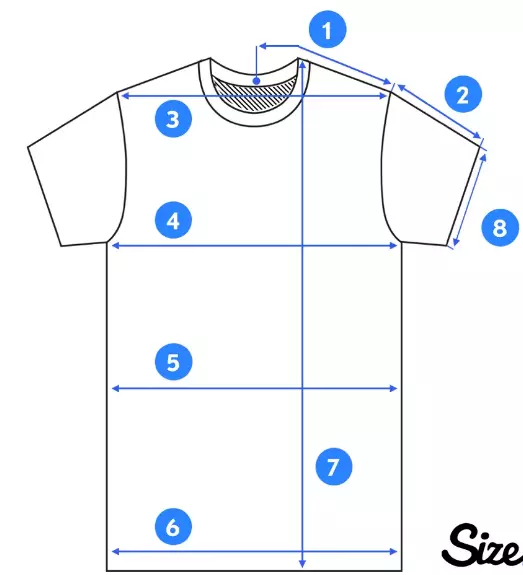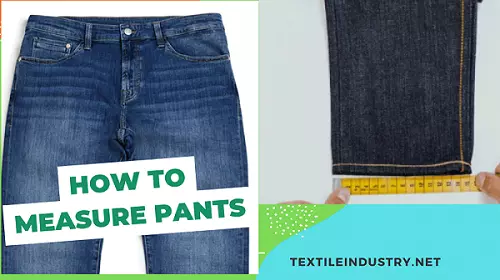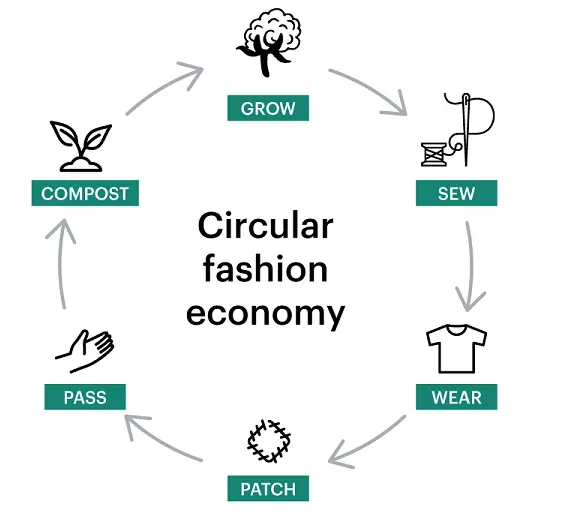T-Shirt Measurement Guide with Picture and Size chart
T-Shirt Measurement Guide with Picture and Size chart A T-shirt is a lightweight casualwear, comfortable clothing, a part of our daily life. Generally, it has short sleeves and a round neckline; but it also can be made with full sleeves. T-shirts are usually made of cotton or a cotton blend and are designed for comfortable,[…]






